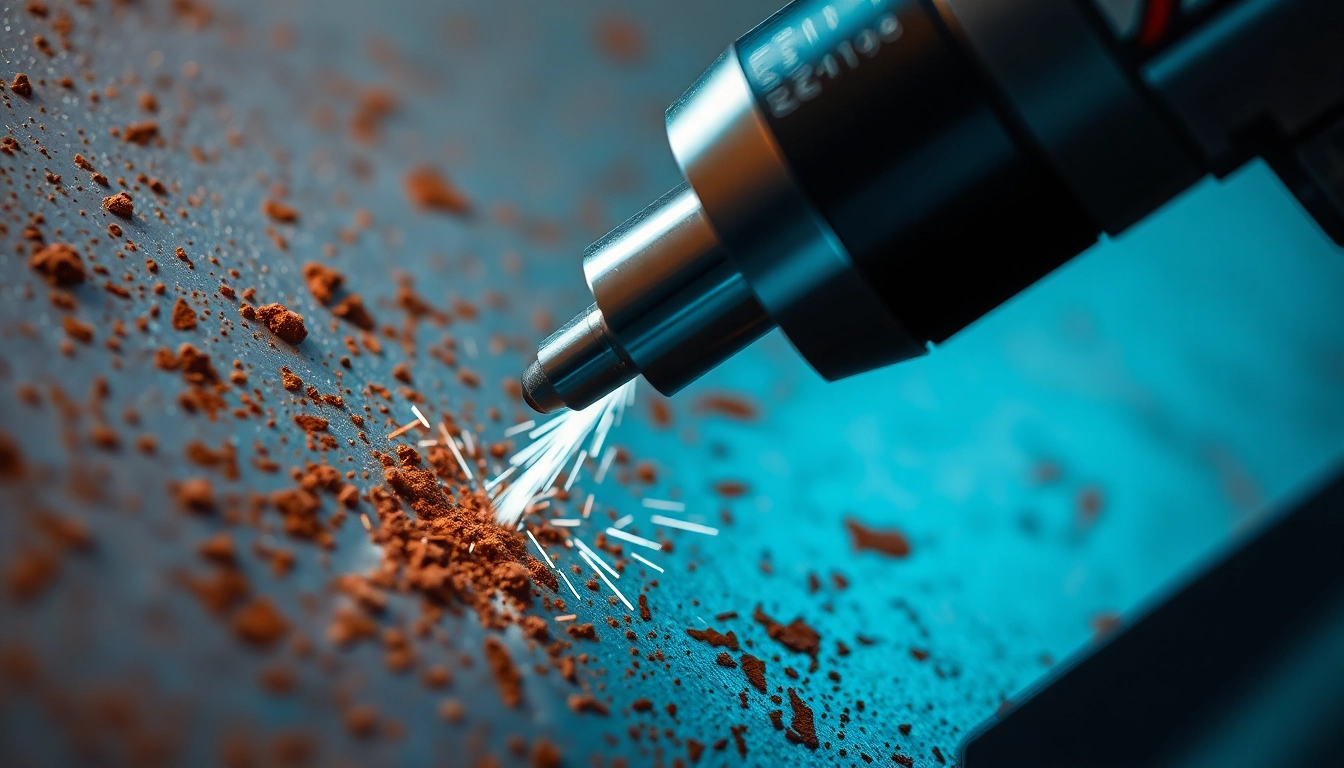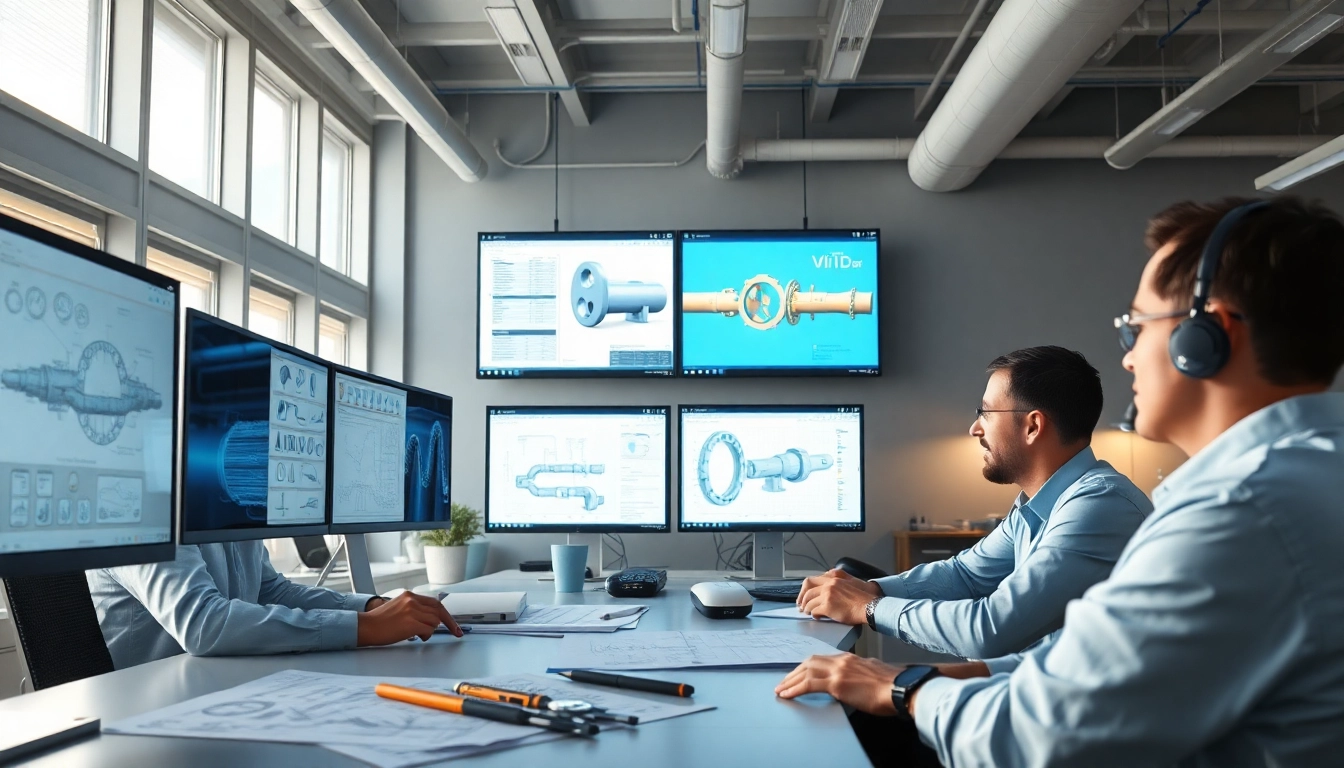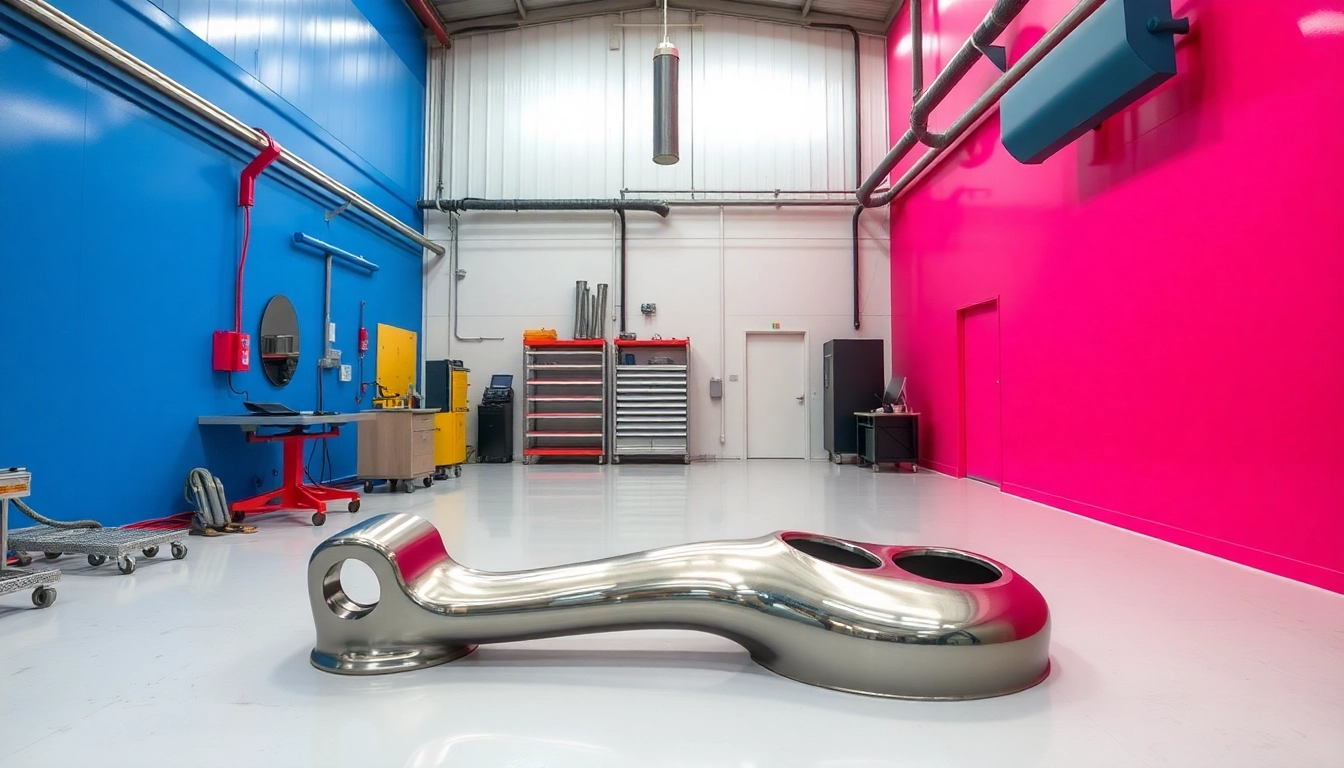Understanding the Needle Gun: Purpose and Functionality
The needle gun, also known as a needle scaler, has become an indispensable tool in various metalworking applications. This dynamic tool is engineered to tackle the perennial challenges of rust, old paint, and mill scale removal. In this article, we will delve into the purpose and functionality of needle guns, exploring their essential features and the common applications across different industries.
What is a Needle Gun?
A needle gun is a pneumatic or electric tool that utilizes a multitude of closely spaced steel needles to produce rapid impacts on surfaces. This hammering action vibrates the needles, effectively dislodging unwanted material such as rust, paint, or contaminants from metal surfaces. The high-speed operation offers users an efficient means to prepare surfaces for further processing, making it a vital component in metalworking and maintenance tasks.
Key Features of Needle Guns
- High Frequency of Operation: Needle guns typically operate at thousands of beats per minute, allowing for swift operations that save time and reduce manual labor on large projects.
- Versatility: Numerous models can handle a variety of tasks, from delicate paint removal to heavy-duty rust cleaning and surface preparation.
- Lightweight Design: These tools often boast ergonomic designs and lightweight materials, enhancing maneuverability and user comfort.
- Interchangeable Needles: Many needle guns feature replaceable needles, enabling customization for different applications, whether for fine or coarse work.
Common Applications in Metalworking
Needle guns are widely utilized in diverse metalworking applications, including:
- Automotive Repair: Used to remove rust from car bodies and chassis prior to restoration or painting.
- Marine Maintenance: Essential for cleaning boat hulls and marine equipment.
- Industrial Manufacturing: Employed in factories for surface preparation before welding or applying coatings.
- Residential Projects: Handy in home repair projects, such as refinishing metal furniture or fixtures.
Types of Needle Guns Available
Pneumatic vs. Electric Needle Guns
When selecting a needle gun, the choice between pneumatic and electric options is crucial. Pneumatic needle guns are powered by compressed air and are known for their high power and efficiency. However, they require an air compressor, which may entail additional investment and setup.
Electric needle guns, on the other hand, are more portable and can be plugged in for immediate use. They offer less power than pneumatic models, making them more suitable for lighter tasks and indoor use. Ultimately, the choice will depend on the specific requirements of the project at hand, including the scale of work and preferred mobility.
Choosing the Right Needle Gun for Your Project
Selecting the appropriate needle gun hinges on several key factors:
- Project Requirements: Assess the specific needs of your job. For heavy-duty applications, a pneumatic needle gun may be necessary, whereas lighter jobs could benefit from an electric model.
- Needle Configuration: Consider the needle arrangement. Options include single needle, which is better for detailed work, and multiple needles for faster, broader applications.
- User Experience: If you’re new to using needle guns, look for models with user-friendly designs and features to aid in operation.
Comparative Review of Popular Needle Gun Models
Here’s a brief comparative review of some popular needle gun models currently available:
- Von Arx 23B Needle Gun: Highly praised for its robust construction and effective needle configuration, making it ideal for industrial applications.
- LE LEMATEC Air Needle Scaler: Known for its affordability and lightweight design, suitable for home and light commercial use.
- Powermate Pistol Type Air Needle Scaler: Offers versatility and ease of use, perfect for automobile repair and maintenance projects.
How to Use a Needle Gun Safely and Effectively
Preparation Before Use
Before operating a needle gun, proper preparation is essential:
- Read the Manual: Familiarize yourself with the specific instructions provided by the manufacturer.
- Wear Protective Gear: Always wear safety glasses, gloves, and a dust mask to protect from debris and dust.
- Prepare Work Area: Ensure your work area is clear of any obstacles and well-ventilated to minimize inhalation of harmful substances.
Step-by-Step Instructions for Operation
To operate a needle gun effectively, follow these step-by-step instructions:
- Connect the Tool: For pneumatic models, connect to the air compressor, ensuring all fittings are secure.
- Set Operating Pressure: Adjust the air pressure to the suitable range as recommended by the manufacturer.
- Test Operation: Perform a test run on a scrap piece to familiarize yourself with the tool’s handling before moving to the primary surface.
- Begin Work: Start scaling at a 30-degree angle and use smooth, controlled movements to avoid damaging the underlying surface.
Maintenance Tips for Longevity
Proper maintenance will enhance the lifespan and efficiency of your needle gun:
- Regular Cleaning: Clean the needles and the tool often to prevent wear and clogging.
- Storage: Store in a dry, protected environment to prevent rust and corrosion.
- Inspect and Replace Parts: Regularly check the condition of needles and replace them when they show signs of wear.
Common Problems and Troubleshooting Tips
Identifying Operational Issues
Like any tool, needle guns may encounter operational issues. Common signs of trouble include:
- Reduced Power: This may indicate an air leak or dirty needles.
- Excessive Vibration: Could be a result of worn-out needles or improper setup.
- Inconsistent Operation: May suggest issues with the air supply or electrical connections.
Solutions to Common Needle Gun Problems
Here are simple troubleshooting steps to address common needle gun problems:
- Clean or Replace Needles: Ensure needles are clean and in good condition; replace if necessary.
- Check Connections: Ensure that all hoses and fittings are secure and functioning correctly.
- Adjust Air Pressure: Check that the operating air pressure is within the recommended range.
When to Seek Professional Help
If issues persist despite troubleshooting, it may be time to consult a professional. Signs that indicate professional help is needed include:
- Continuous Malfunction: Regularness of an issue that does not resolve through self-diagnosis.
- Significant Wear or Damage: Visible damage to the tool requiring expert evaluation and repair.
Innovations in Needle Gun Technology
Emerging Trends in Needle Gun Design
As technology progresses, needle guns are seeing innovative developments such as:
- Smart Features: Integration of digital displays that help users track operational settings and maintenance schedules.
- Improved Ergonomics: New designs focusing on user comfort to facilitate prolonged usage without fatigue.
- Environmentally Friendly Models: Some newer models are designed to reduce noise and air pollution, promoting a safer work environment.
Future Applications of Needle Guns in Various Industries
The versatility of needle guns opens doors to numerous future applications:
- Renewable Energy: Used in the maintenance of wind turbines and solar panels, where rust and debris can impact performance.
- Construction: Ideal for surface prep in rising industrial projects, especially for structures exposed to the elements.
- Art Restoration: Artists restoring metal sculptures or installations can benefit from precision offered by needle guns.
Community Recommendations and User Feedback
The feedback from users often provides crucial insights into the effectiveness of needle guns. Reviews largely emphasize the tool’s capabilities in:
- Time Efficiency: Many users report significant time savings when using needle guns compared to manual techniques.
- Quality of Finish: High ratings are given for the tool’s ability to prepare surfaces meticulously for subsequent processes.
- Durability: Models from reputable brands are frequently praised for longevity and reliability in tough environments.



